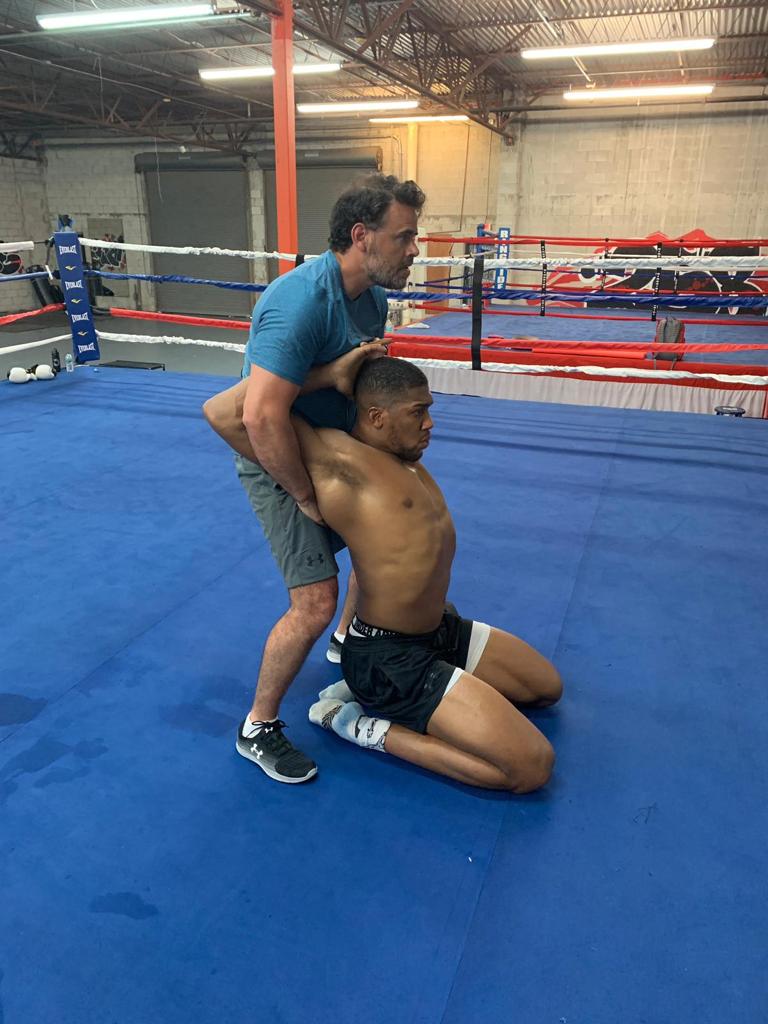What is Sports Physiotherapy? An Athlete’s Introduction

By Dr Ian Gatt | PhD SLA MSc OMT MCMI MAACP MCSP HCPC BSc (Hons)
Head of Performance Services | GB Boxing & UK Sport Institute
Sports physiotherapy is one of the most powerful, yet often underused, tools in an athlete’s and coach’s performance toolkit. It goes far beyond treating injuries. It’s about understanding how the body moves, why breakdowns happen, and what can be done to optimise recovery and resilience — around both training and competition.
Whether you’re chasing gold or just getting started in your sport, physiotherapy has a direct impact on your performance, durability, and long-term health.
Optimising the Athletic Body
At its core, sports physiotherapy focuses on movement efficiency. Every sport places unique demands on the body — think sprinting in football, power shots in boxing, or sudden deceleration in tennis. Sports physiotherapists are experts in identifying whether your body is ready for these demands, or whether there are underlying factors which could lead to injury or performance drops.
Through targeted assessment and intervention, a sports physio can support you to move better, train smarter, and recover faster. They work across:
-
Injury prevention
-
Rehabilitation and return-to-play
-
Load management
-
Joint mobility and muscular balance
-
Movement patterns

Why Athletes Needs a Physio
Traditionally, physiotherapists were seen only after an injury. But modern sports physio is highly proactive. Many athletes now see their physiotherapist more often than their coach — not because something is wrong, but because they want to keep it that way.
By assessing how you move, understanding your sport-specific risks, and helping you build better body awareness, sports physiotherapy gives you an edge. It helps reduce time lost to preventable injuries, and ensures you’re physically prepared for peak competition.
What Happens in a Sports Physio Session?
Sessions are tailored to your sport, your training load, and your personal goals. It is not a one-size-fits-all approach.
Depending on your needs, you might require:
-
Movement screening / profiling testing
-
Training load review and recovery strategies
-
Injury management through exercise and/or hand-ons approaches
-
Education specific to your sport, including warm-up and cooldown protocols
And yes — you should leave with a plan to work on. Because that’s what physio should be: empowering you to take control and not just a passive treatment approach.
A Key Member of Your Support Team
Your sports physiotherapist should be an integral figure in your performance ecosystem, working closely with coaches and multidisciplinary teams to keep you healthy.
As your body changes across a season, a tournament, or even a single match, a good physio helps you adapt, recalibrate, and stay in control of your performance.
Learn More. Perform Better.
At Science Behind Sport, we believe sports physiotherapy should be a core part of every athlete’s development — not just something you turn to when injured.
By integrating physiotherapy into your training routine, you benefit from:
-
Reduced injury risk through early identification of movement issues
-
Faster, more effective recovery from training and competition
-
Improved mobility and movement quality, leading to better performance
-
Smarter training decisions, thanks to expert guidance on load and fatigue
-
Longer athletic lifespan, as your body stays more resilient over time
Understanding your own body is one of the most empowering steps any athlete can take.





